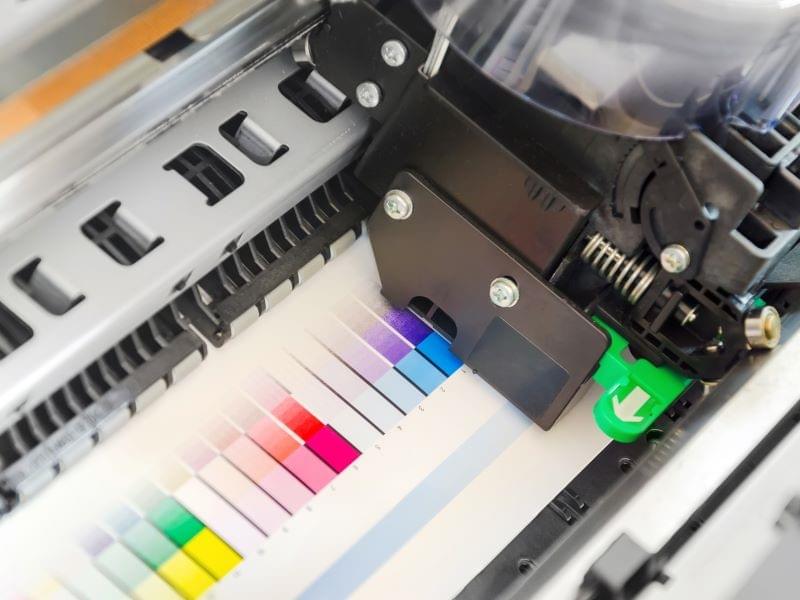Over the ten-year period from 2016 major changes will take place in print markets, according to a new report from Smithers,
The Future of Global Printing to 2026. The direct impact of Covid will dissipate but some resulting changes will become part of the new landscape, changing demand patterns and the products consumers will use.
Overall print and printed packaging value will grow from $799.6 billion in 2016 to $834.2 billion in real terms by 2026, but total print volume drops from the equivalent of 49.2 trillion A4 prints down to 43.4 trillion. The mix of work is changing with labels and packaging taking a growing share of the overall market at the expense of publishing print and graphics applications.
In 2021 the global printing and printed packaging sectors are recovering from the impacts of the global pandemic. 2020 saw a drop of 11.6% in print volume with value down by 7.9%. The 2021 total market is valued at $760.6 billion printing the equivalent of 42.2 trillion A4 prints on 238.7 million tonnes of substrate, while consuming almost 3.3 million tonnes of inks and coatings. Print companies and packaging converters used over 591 million square metres of litho plates and almost 6 million square metres of photopolymer flexo plates, while investing some $15.9 billion on new print and finishing equipment. There are major cost and supply chain pressures impacting print in 2021, with lead times lengthening for many grades of paper and board with higher prices being imposed on paper, board, inks and plates as well as energy.
Regional markets
Between 2016 to 2026 Asia will grow in value by 19.6% and 1.7% in print volume, despite the pandemic. In contrast North America sees a drop of 28.0% volume and down 9.4% in value while Western Europe value falls 10.7% and volume will be 32.6% lower. Latin America, Eastern Europe, the Middle East and Africa see real growth.
Shifting print processes
The new report also identifies major shifts in the print processes in use. Digital methods, primarily used in the commercial print sector, and labels are faring much better than the long established analogue alternatives. In 2016 digital accounted for 2.1% of all print volume, but 14.0% of the value which rises to 17.2% by 2021 as new applications, in high quality graphics and increasingly packaging led by corrugated become established with further strong growth predicted. In 2026 digital printing (including hybrid) will account for 21.6% of all print and printed packaging The higher value is attractive to print service providers and to equipment and consumable manufacturers who are investing billions into developing improved digital print systems coming onto the market.
Substrates and inks
Printing businesses support major supply-side businesses providing substrates, ink and coating, printing plates and machinery. Global printing substrate consumption in 2021 totals 239 million tonnes with packaging accounting for 65.4% of the tonnage that will grow to 311 million tonnes by 2026. This growth is driven by increasing demand for packaging grades, while printing paper volumes fall back. There have been mill closures and many paper machines have been retired in Europe and North America. Several are being re-purposed to produce carton board and corrugated papers. Graphics paper tonnage falls by 22.6% between 2016 and 2026, area down 18.9% with newsprint showing the largest fall.
Ink and varnish consumption broadly follows print volumes, with a total volume of 3.17 million tonnes of products in 2021 selling for $39.0 billion, 5.2% of the total market value. Tonnage will grow slightly to 3.51 million tonnes by 2026, when the total expenditure will reach $50.6 billion with an increasing proportion of inkjet and toner in the total. The global consumption of litho printing plates is falling between 2016 and 2026, as litho print volumes fall but flexo photopolymer plate volumes will grow to 2026 in all regions.
Print machinery
In 2021 major equipment manufacturers are reporting buoyant order books after many years of falls with the total market for new printing machinery worth $15.9 billion, up nearly 20.0% from 2020 but still behind the 2019 level. The transition from analogue methods to digital continues, in 2016 digital machinery represented 28.0% of all new print machinery, by 2026 it will be 38.5%.
